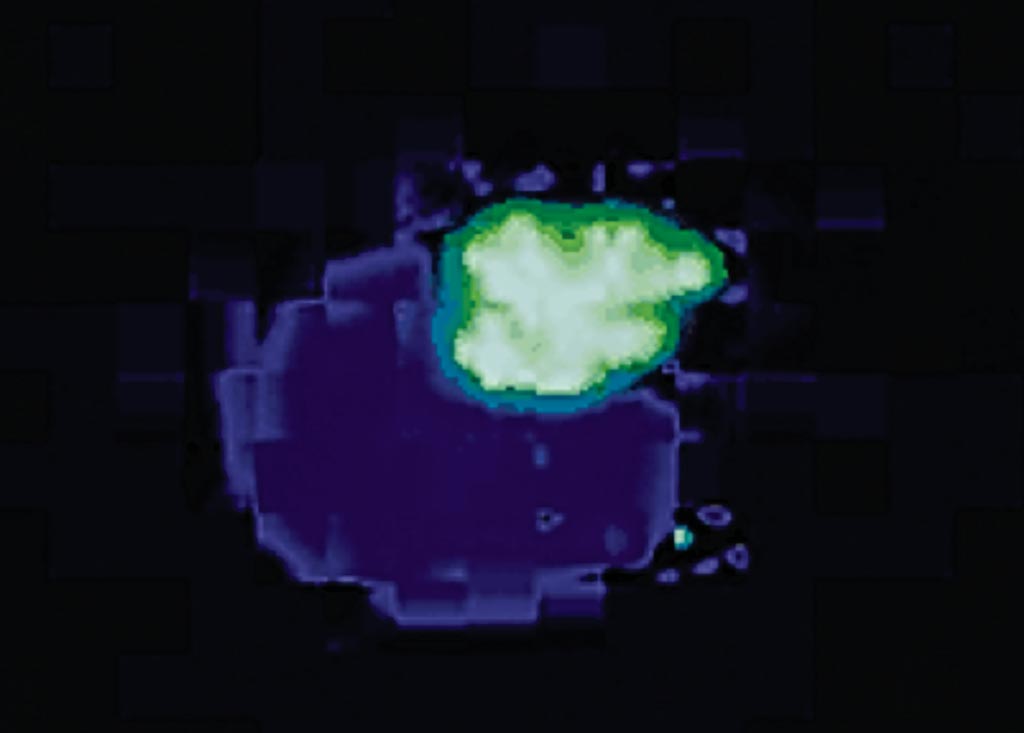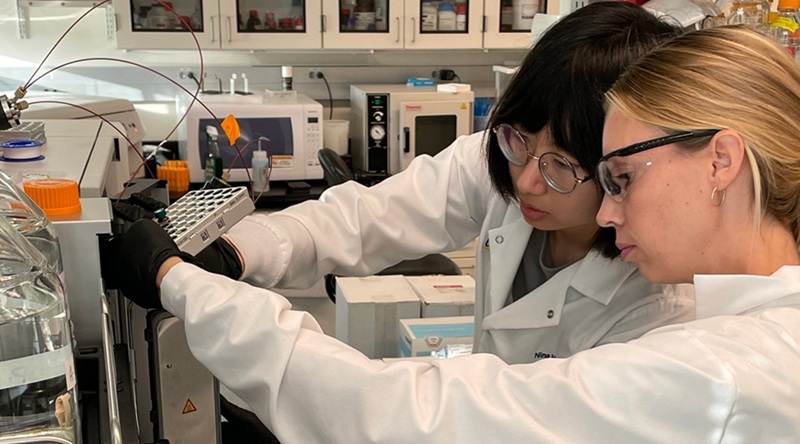Protein Linked to Increased Risk for CVD and Stroke
By LabMedica International staff writers
Posted on 20 Feb 2019
The overproduction of the protein clusterin can cause cardiometabolic syndrome, which is a combination of high blood pressure, high blood sugar, and extra body fat around the waist and high cholesterol or triglyceride levels.Posted on 20 Feb 2019
Components of the adipose tissue (AT) extracellular matrix (ECM) are recently discovered contributors to obesity-related cardiometabolic disease. Increased adipocyte expression of ECM-related clusterin (apolipoprotein J) in obese versus lean women by microarray has been identified.

Image: Clusterin can accumulate in juxtanuclear aggregates. Clusterin is a chaperone protein that is synthesized in response to cellular stress. It often appears in cells undergoing apoptosis and is linked to an increased risk for heart disease (Photo courtesy of The Company of Biologists).
Scientists at the Wexner Medical Center (Columbus, OH, USA) and their associates validated increased clusterin expression in adipocytes from a separate group of 18 lean and 54 obese individuals. The relationship of clusterin gene expression and plasma clusterin with insulin resistance (IR), cardiovascular biomarkers, and risk of cardiovascular disease (CVD) was then determined. Further investigations in human cultured cells and in aged LDLR−/− mice prone to development of obesity-associated complications were performed.
The team reported that subcutaneous AT adipocyte (SAd) clusterin correlated with IR, multiple cardiovascular disease (CVD) biomarkers, and CVD risk, independent of traditional risk factors. Circulating human clusterin exhibited similar associations. In human adipocytes, palmitate enhanced clusterin secretion, and in human hepatocytes clusterin attenuated insulin signaling and apolipoprotein A-I (APOA1) expression and stimulated hepatic gluconeogenesis. Megalin (LRP2), a clusterin receptor, highly expressed in liver, mediated these effects, which were inhibited by LRP2 small interfering RNA (siRNA).
The authors concluded that adipocyte-derived clusterin is a novel ECM-related protein linking cardiometabolic disease and obesity through its actions in the liver. David Bradley, MD, an assistant professor and lead author of the study, said, “Our goal was to discover new factors produced by the cells in fat tissue that have an impact on cardiometabolic disease. In particular, we wanted to identify those important to maintaining the framework of fat tissue, called the extracellular matrix, which becomes dysfunctional in obesity.” The study was published in the January 2019 issue of the journal Diabetes Care.
Related Links:
Wexner Medical Center














